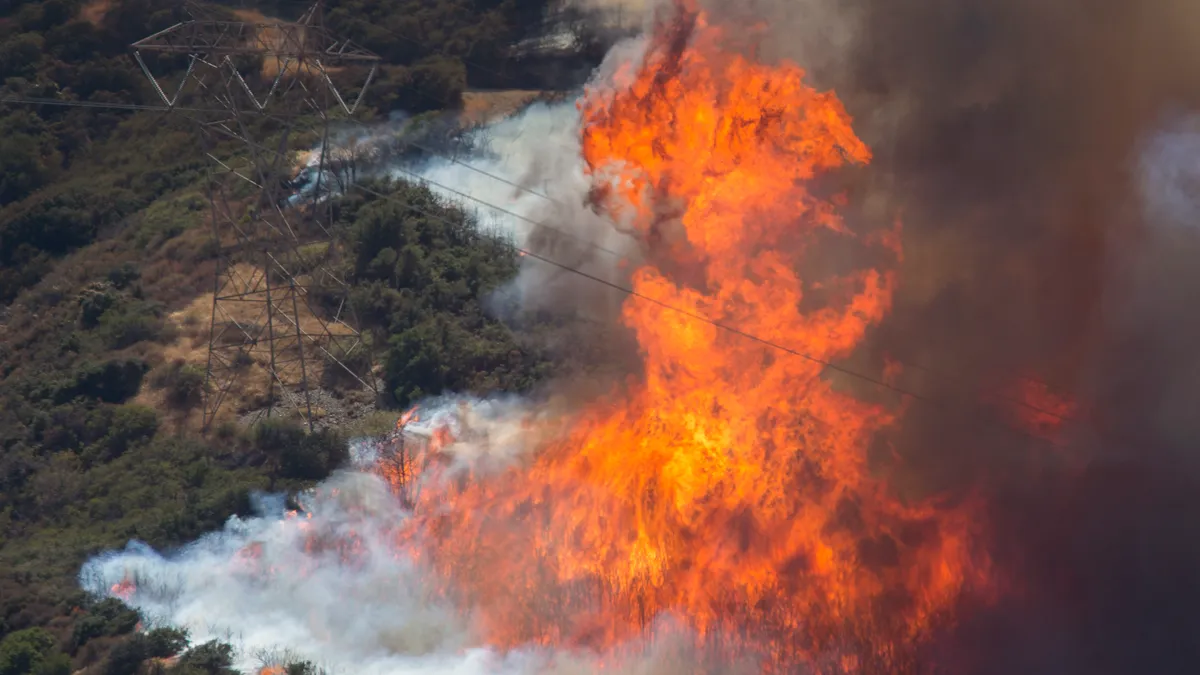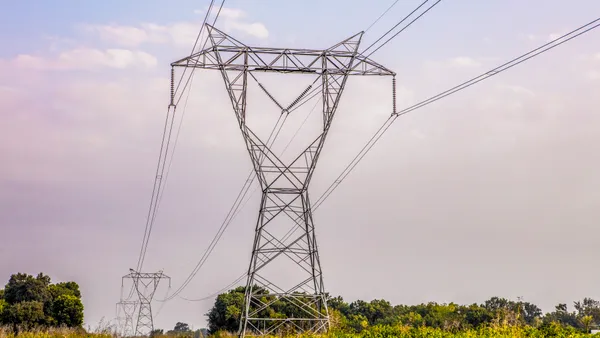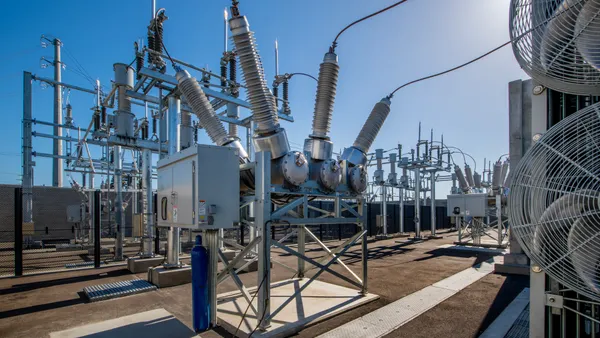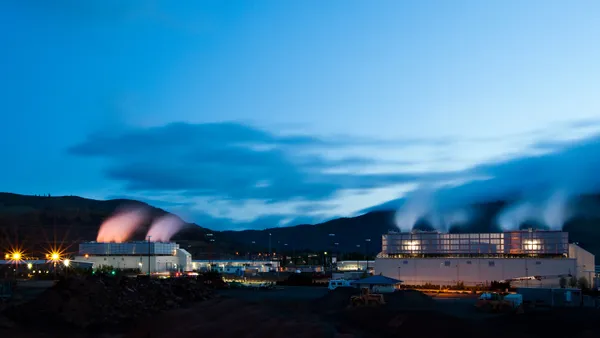Reliable, community-oriented, and democratic, America’s member-owned electric generation and transmission (G&T) cooperatives have long been one of the country’s model institutions. Tasked with facilitating the provision of reliable and affordable electricity to their member distribution cooperatives, G&Ts have served as indispensable partners promoting energy access and affordability in America’s rural communities
With the enactment last year of the U.S. Inflation Reduction Act (IRA), G&Ts are uniquely well-positioned to lead an equitable energy transition. Beyond providing newfound access to federal clean energy production and investment tax credits, the legislation appropriates some $10 billion worth of grants and loans exclusively for electric cooperatives’ emissions-reducing projects and programs. Yet even with federal funds, managing a timely transition to a lower-carbon, heavily-electrified power system is not a simple task.
Changing Supply-Demand Dynamics
Anxiety over waning system reliability and rising capacity costs is growing among G&T operators as retirements of fossil generation, which comprise the bulk of G&Ts’ power supply portfolios, outpace renewable capacity additions. And even where renewable generation is effectively deployed, G&T operators face the operational challenge of matching intermittent supply with flexible demand.
At the same time, the IRA’s incentives are set to accelerate consumer adoption of high-powered distributed energy resources (DERs), doubling or tripling the peak electricity demand of many homes and businesses.
Unfortunately, the traditional solutions for balancing real-time electricity supply and demand are poor fits for this changing grid landscape. Purchasing last-minute energy or capacity in wholesale power markets risks massive cost increases, as does building excess capacity of “hard” T&D infrastructure to increase system headroom. And with the same 'least-cost' mandate as their G&Ts, distribution co-ops are beginning to explore alternative arrangements, disrupting the resource pooling model of G&Ts and putting existential pressure on G&T leaders.
There is, however, a solution available to G&Ts and their member distribution cooperatives that is well suited to this particular challenge.
The Whole Is Greater Than the Sum of Its Parts
By leaning into the G&Ts’ historical model of collective ownership and cooperative, not-for-profit service delivery, G&Ts and their distribution cooperatives can not only manage the coming disruptions, but use them to benefit the communities they serve.
In short, as co-op consumer-members adopt millions of flexible, local resources, G&Ts should work with their distribution co-ops to engage these local resources for the benefit of all.
To deliver on that goal, G&Ts must expand their operational capabilities in two areas:
- Distribution-Level Visibility
- Local Resource Orchestration
Improving Visibility at the Distribution Level
For decades, G&Ts have been able to rely on basic load modeling to estimate load growth and forecast what they need to supply at each transmission-distribution interface, either through wholesale purchases or cooperative-owned generation. But with more supply-side intermittency and difficult-to-predict behavior downline, traditional estimation approaches are no longer sufficient
To adapt, G&T cooperatives will need enhanced visibility into and forecasting of net and gross loads at member substations, taking into account the behavior of downline local energy resources. Enhanced distribution-level visibility equips G&Ts with the actionable insight they need to operate generation and transmission cost effectively, laying the groundwork for closer coordination with distribution cooperatives and the consumer-members they serve.
The latter is important, because G&Ts can’t simply demand to see distribution-level data. Co-ops are rightfully skittish about sharing members’ personal and energy consumption data with other entities – even their G&Ts. Reflecting back to their founding principles, G&Ts must earn their members’ trust that the data they share can and will be used to benefit all members by lowering system-wide costs and improving reliability.
Fortunately, there are cloud-based digital platforms capable of executing this balance, equipping G&Ts with aggregated visibility into distribution-level conditions and total available capacity for DER dispatch while restricting member-level visibility to the distribution co-op. The image below shows an example of Camus’ solution, which combines data from the G&T, the distribution co-op, and the local resources themselves to deliver accurate, aggregated net load visibility and forecasts at each transmission-distribution interface.

With this level of insight, G&Ts can future-proof their own net load forecasts and integrate local generation and demand flexibility into their supply curves, helping deliver lower capacity, transmission, and energy costs for the benefit of all members.
Moving Toward Local Resource Orchestration
Rather than push back on local resource adoption, the ultimate goal of G&T operators should be to help their distribution co-ops harness the growing portfolio of local energy resources to collectively reduce system costs for all members.
With finely tuned cloud-based orchestration platforms, G&T cooperatives can not only better operate the bulk power system, but also equip their member distribution cooperatives with the whole-of-system insight they need to contextualize their own local resource and distribution grid management.
Distribution co-ops may be tempted by greener pastures, but with a grid orchestration-enabled G&T at the helm, each co-op can increase their use of local, low-carbon resources while continuing to benefit from the resource pooling of the G&T model.
In effect, by using a shared, scalable grid orchestration platform across the electric cooperative ecosystem and disseminating data-driven requests to dispatch local resources for system-wide cost savings, G&Ts will be empowering their member cooperatives to operate as Distribution System Operators (DSOs).
Notably, this approach keeps with tradition. The G&T cooperative model was founded on the premise that electric cooperatives are made stronger by working together. G&Ts have long played a crucial role in pooling resources and helping their co-op members procure and implement new technologies. Today the opportunity exists for G&Ts to take the next step: helping their co-op members harness local energy resources for the benefit of all.
To get started, G&Ts can and should invest in enhanced visibility at the distribution-level—working hand in hand with their distribution co-ops. To learn more about what this can look like, check out our blog.










